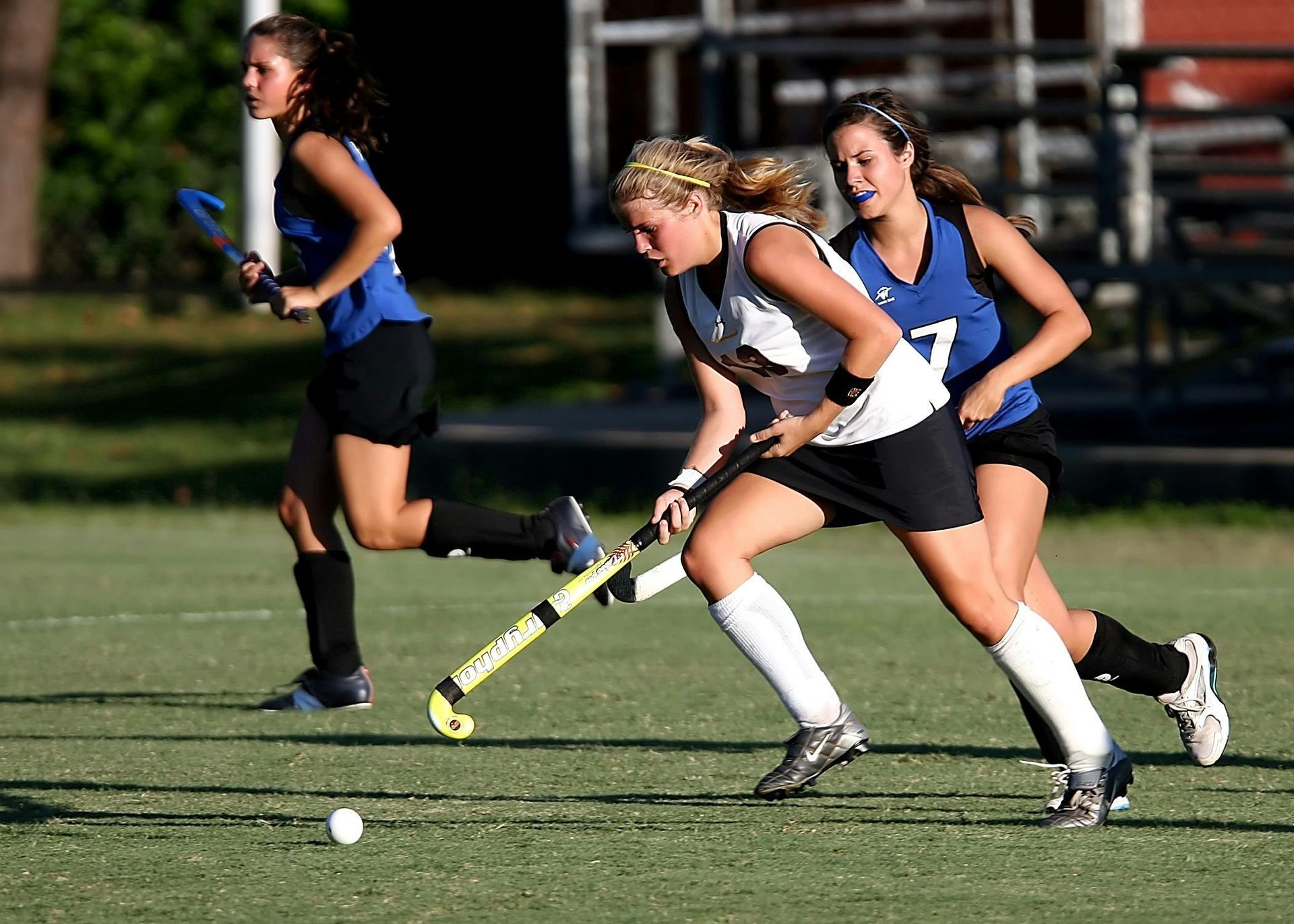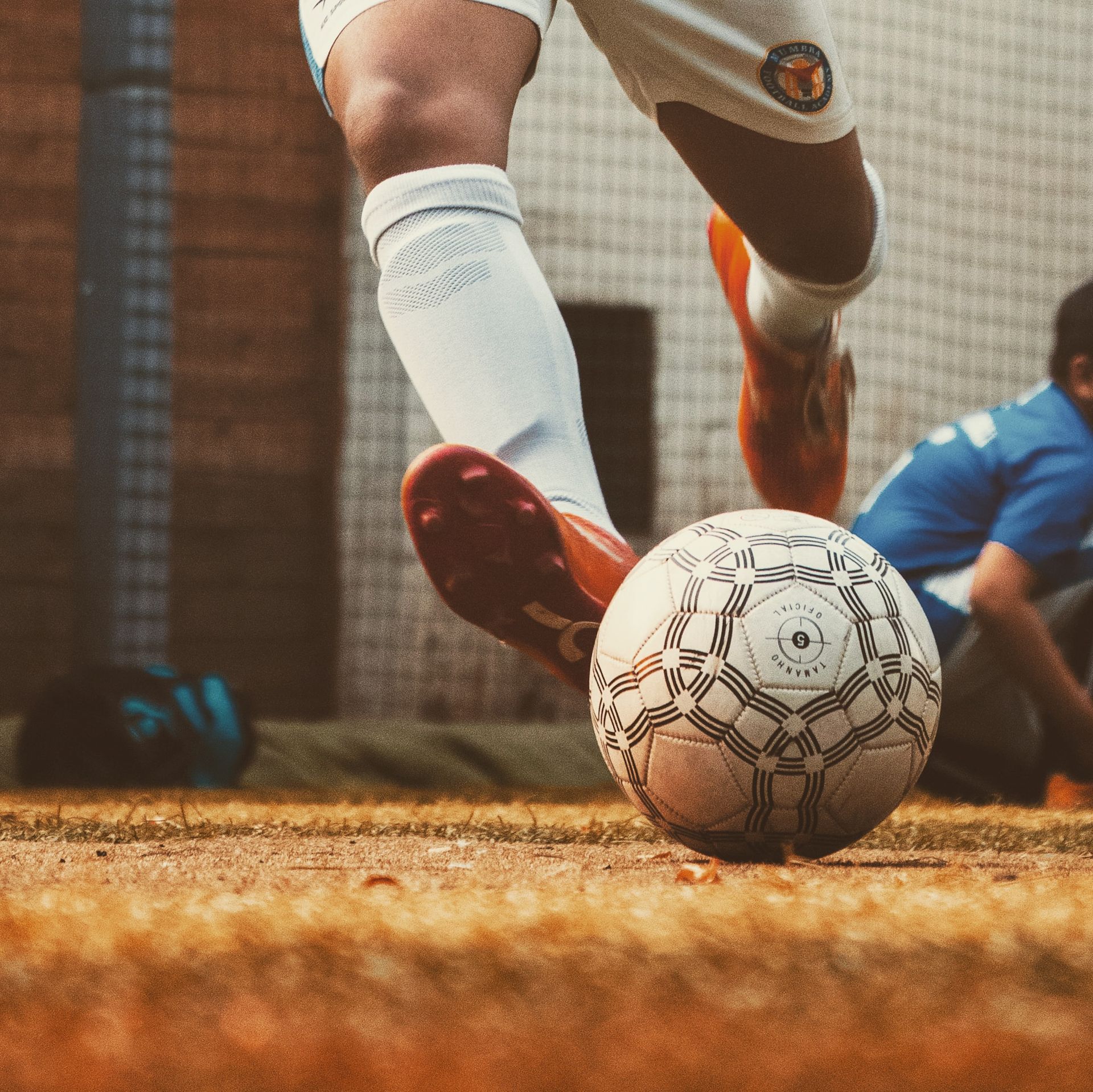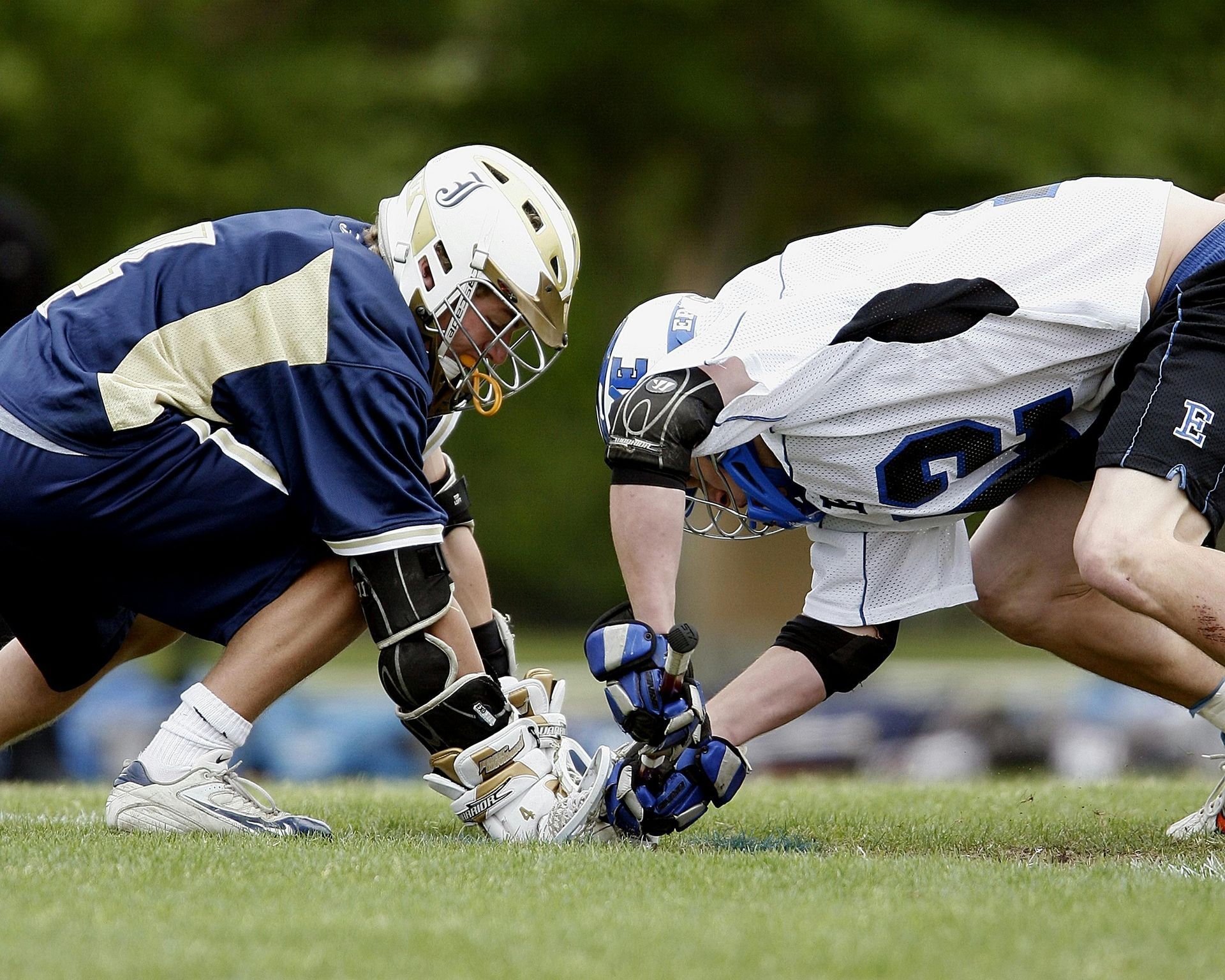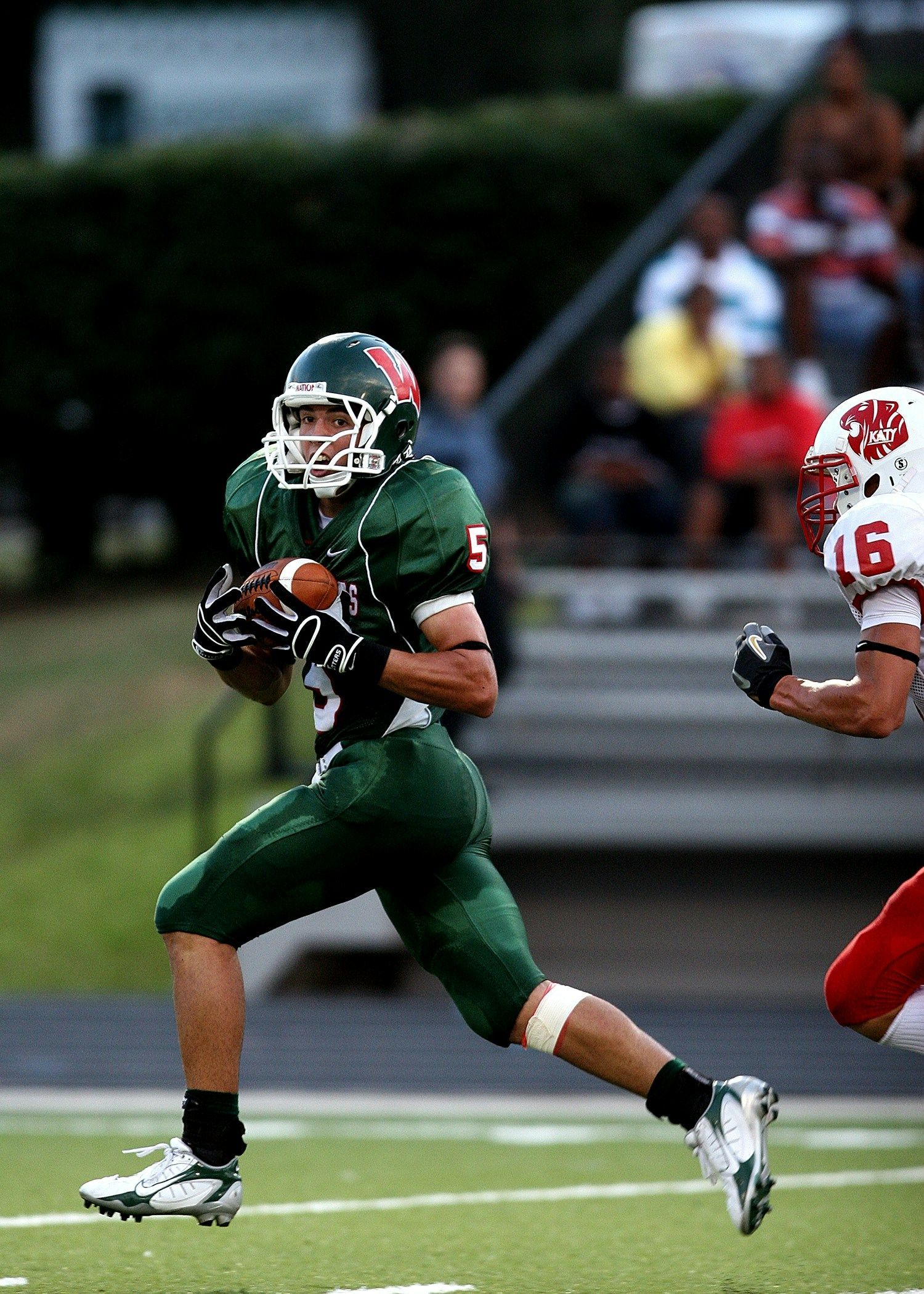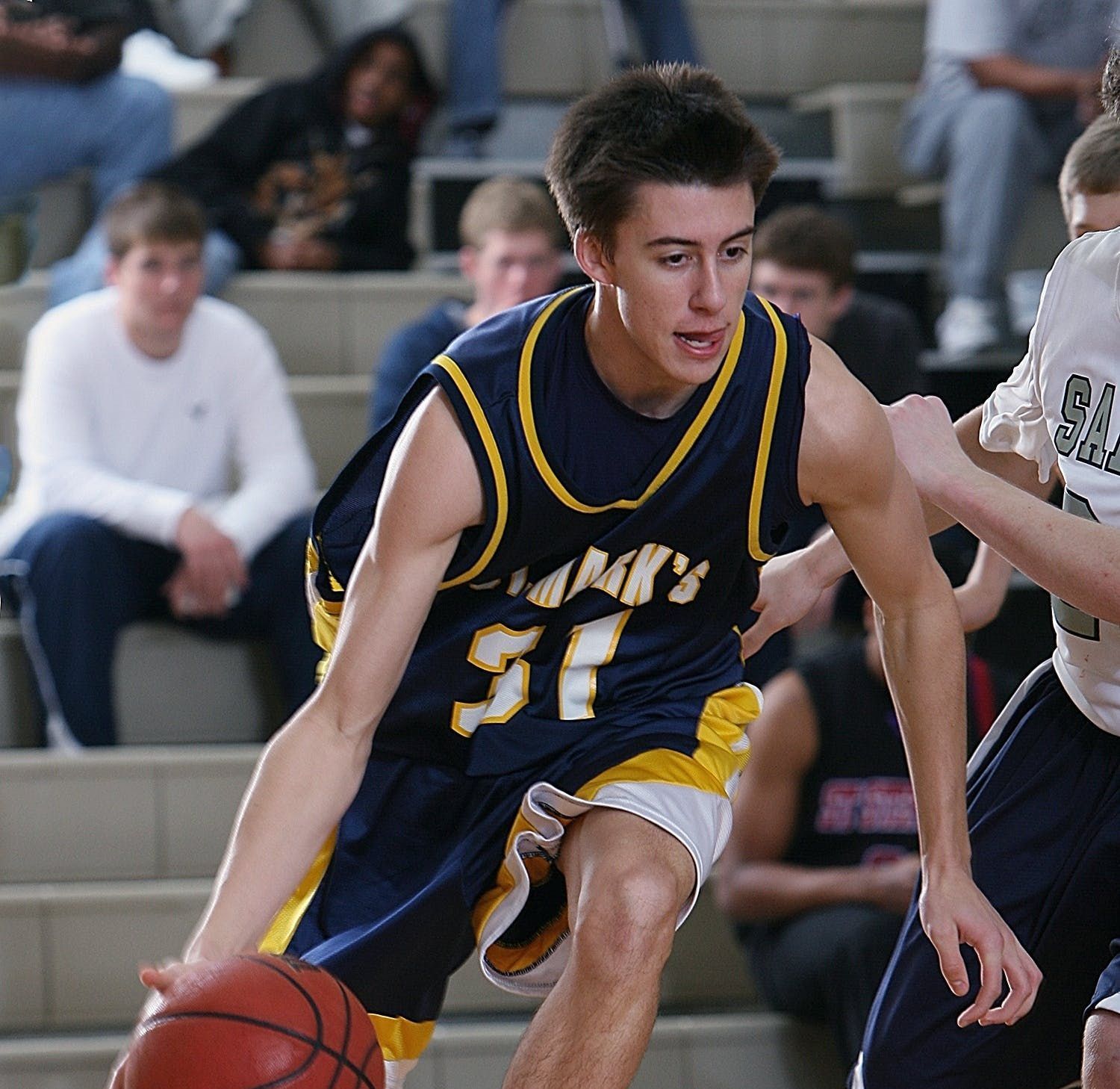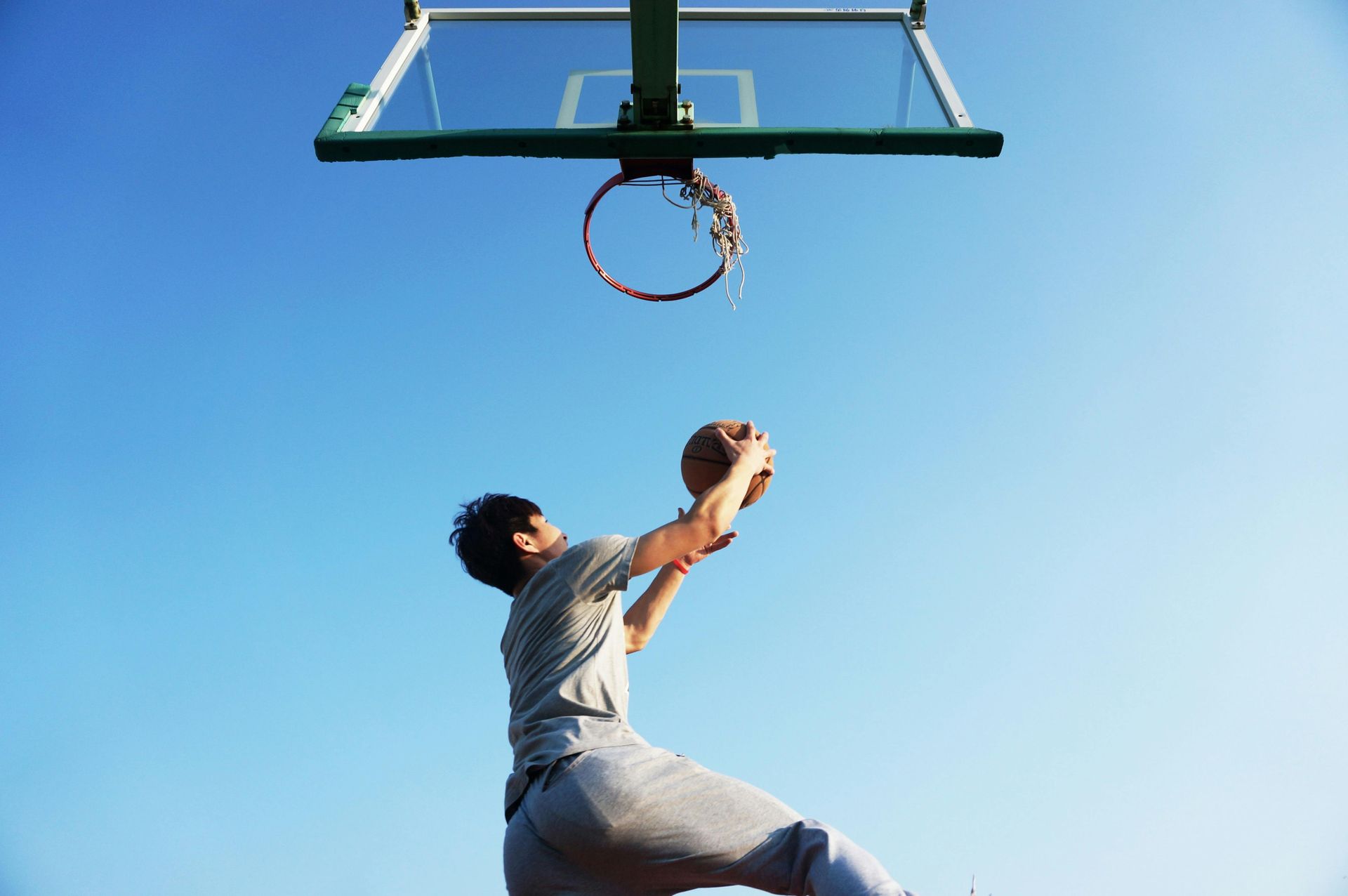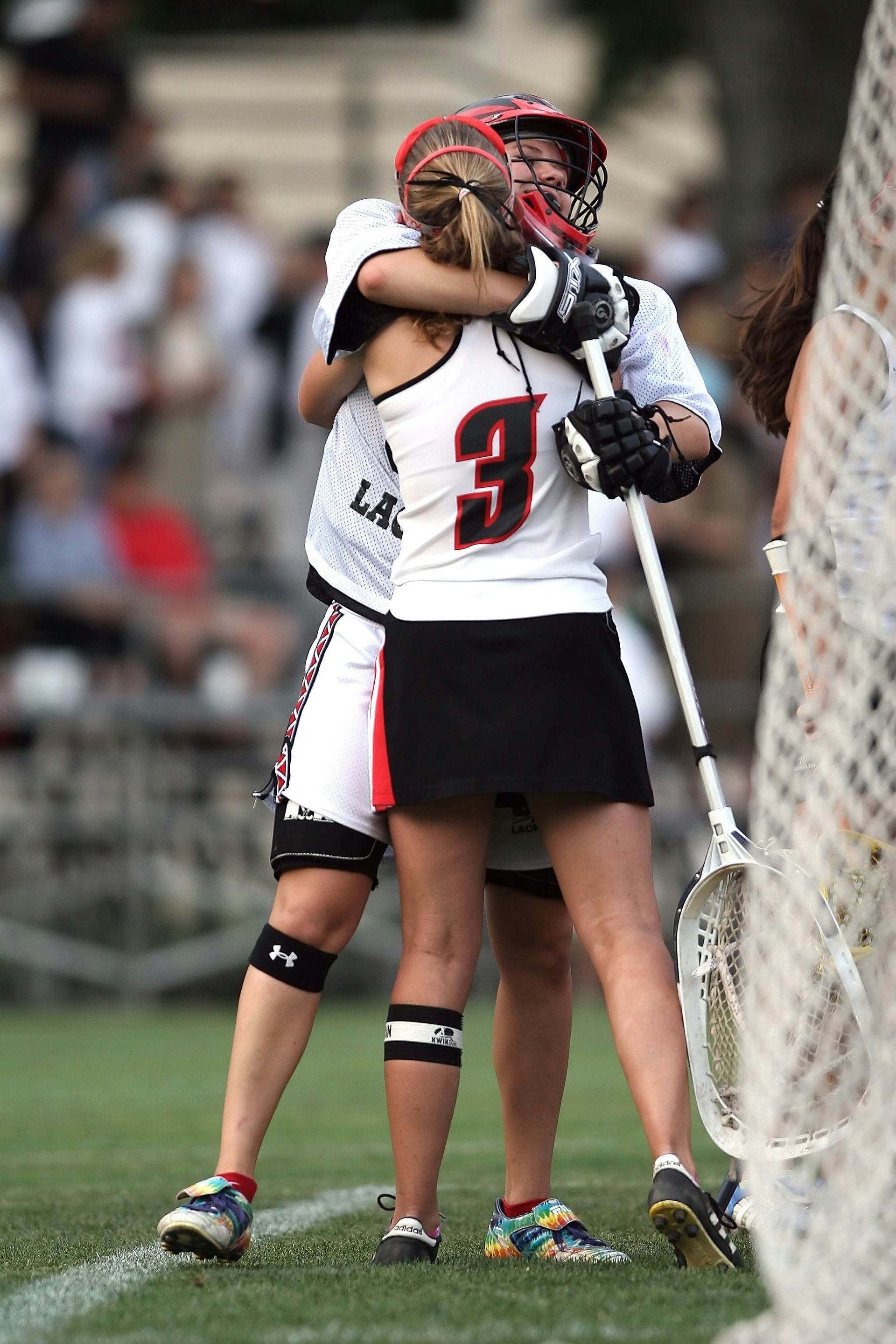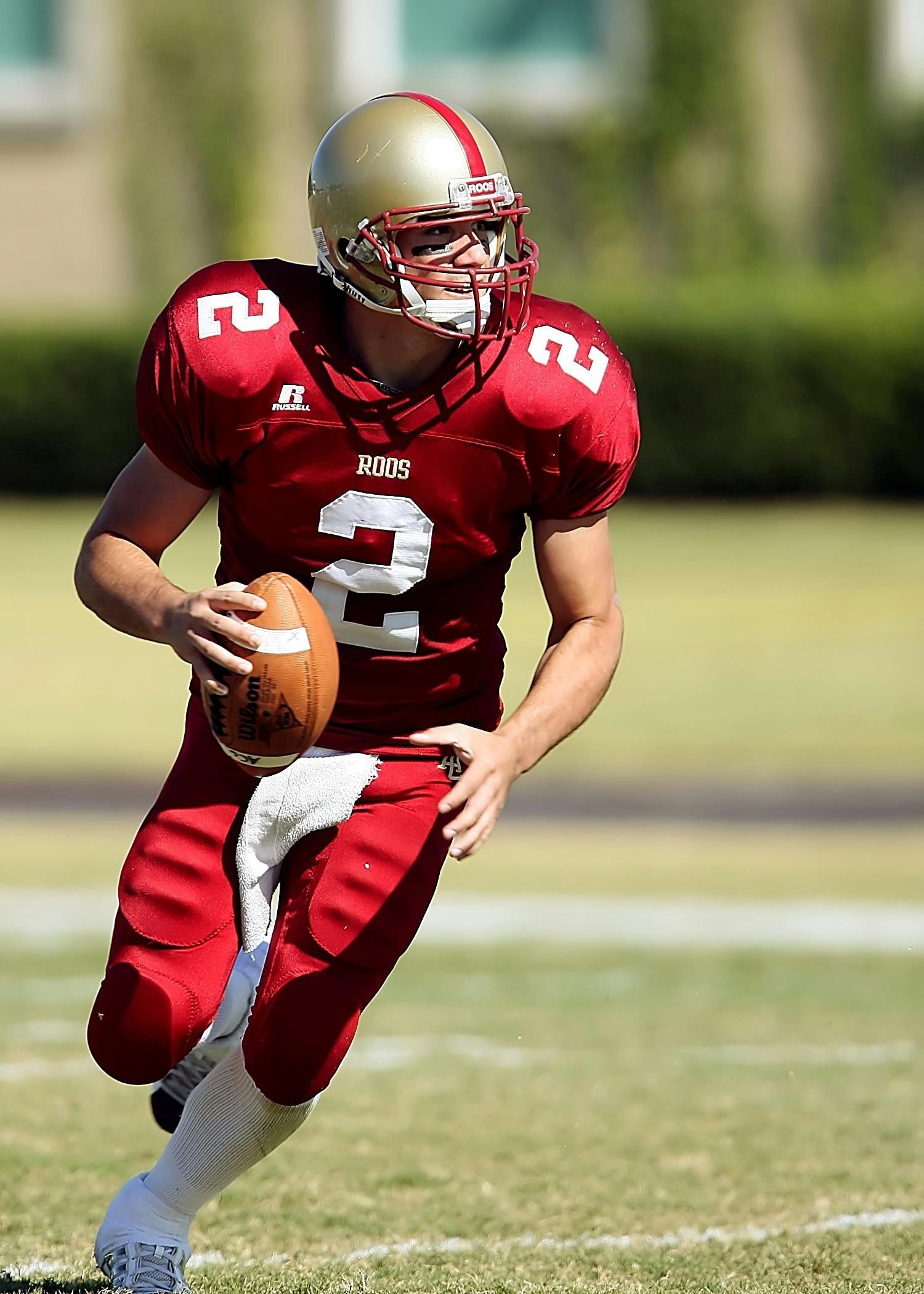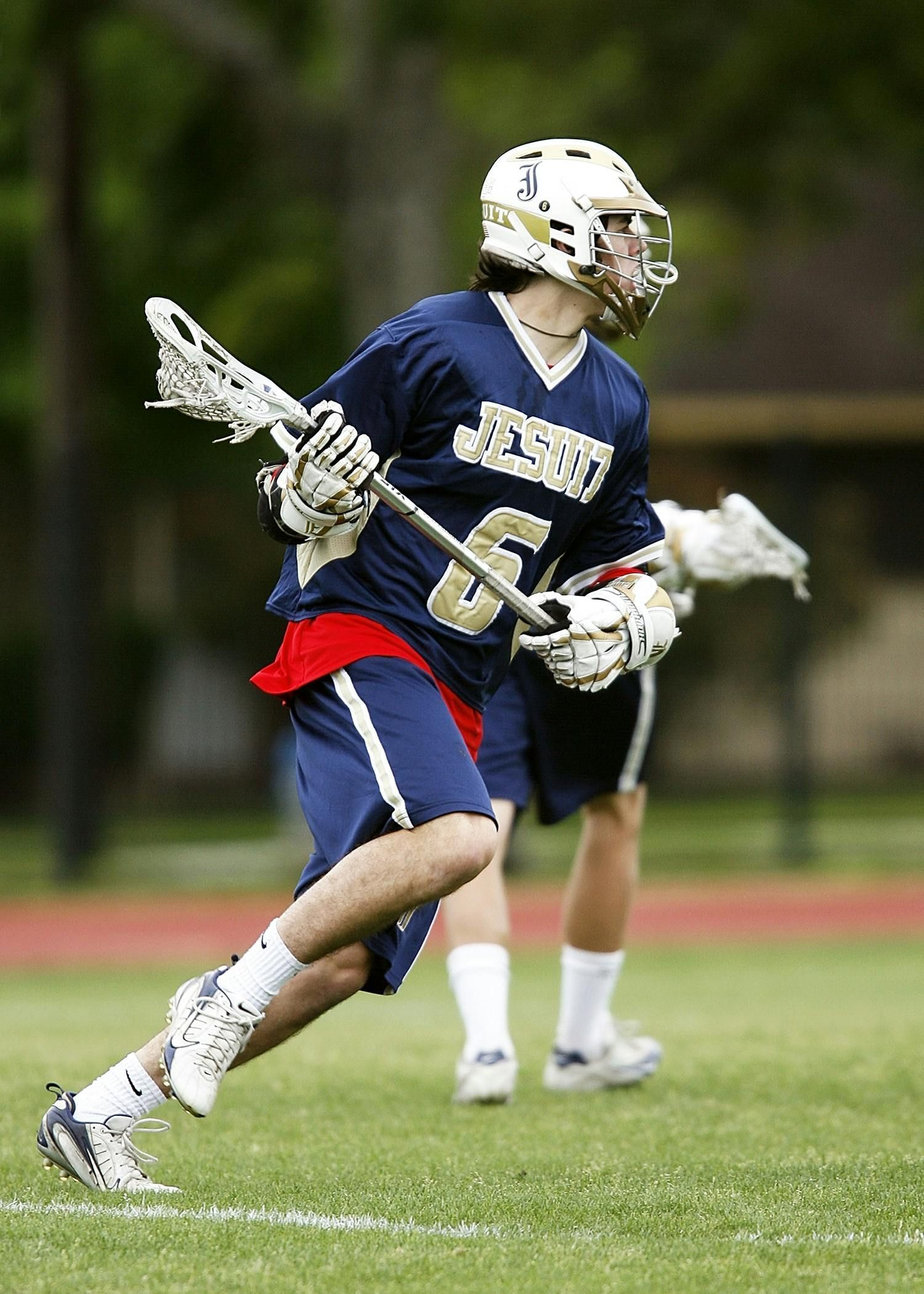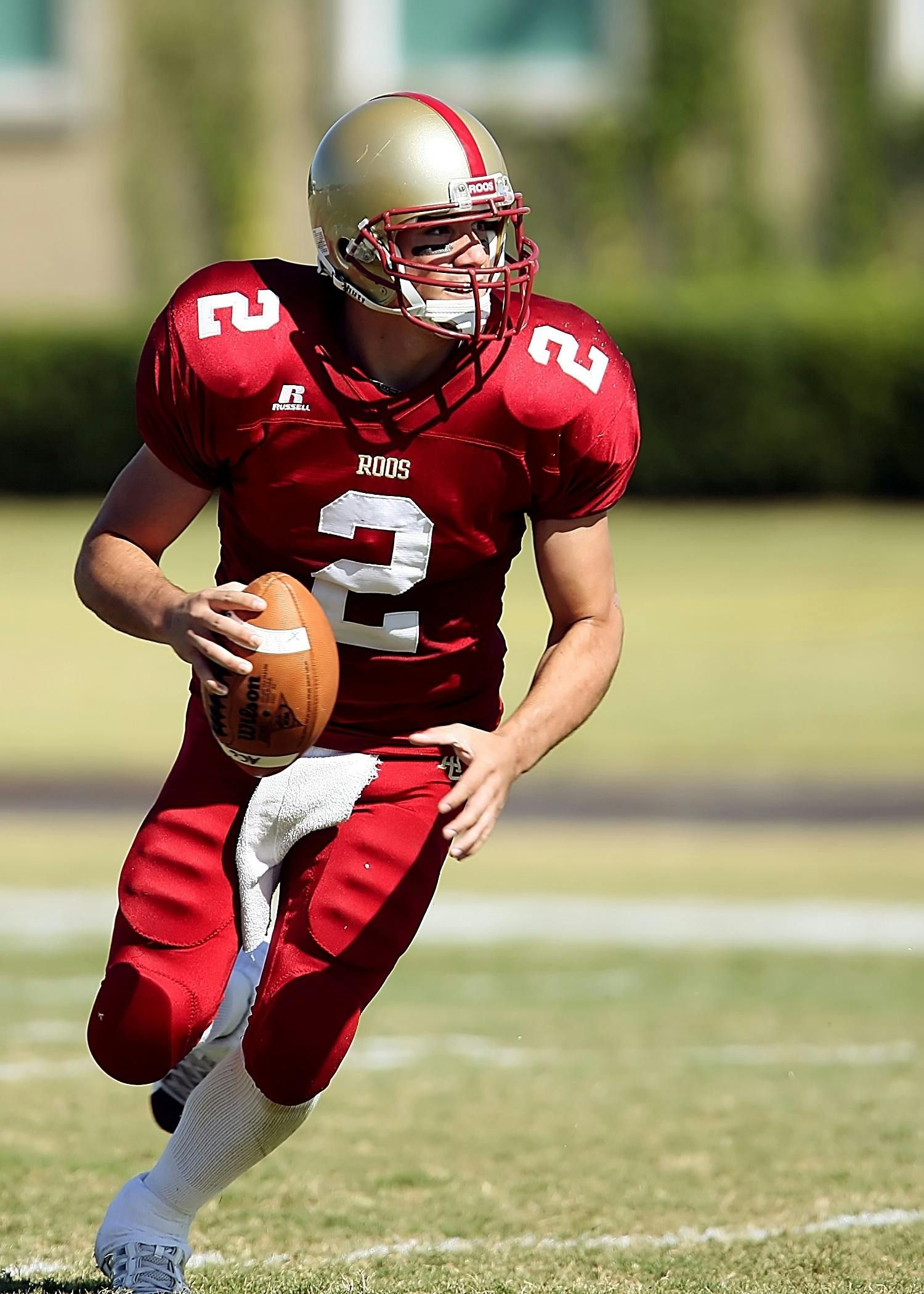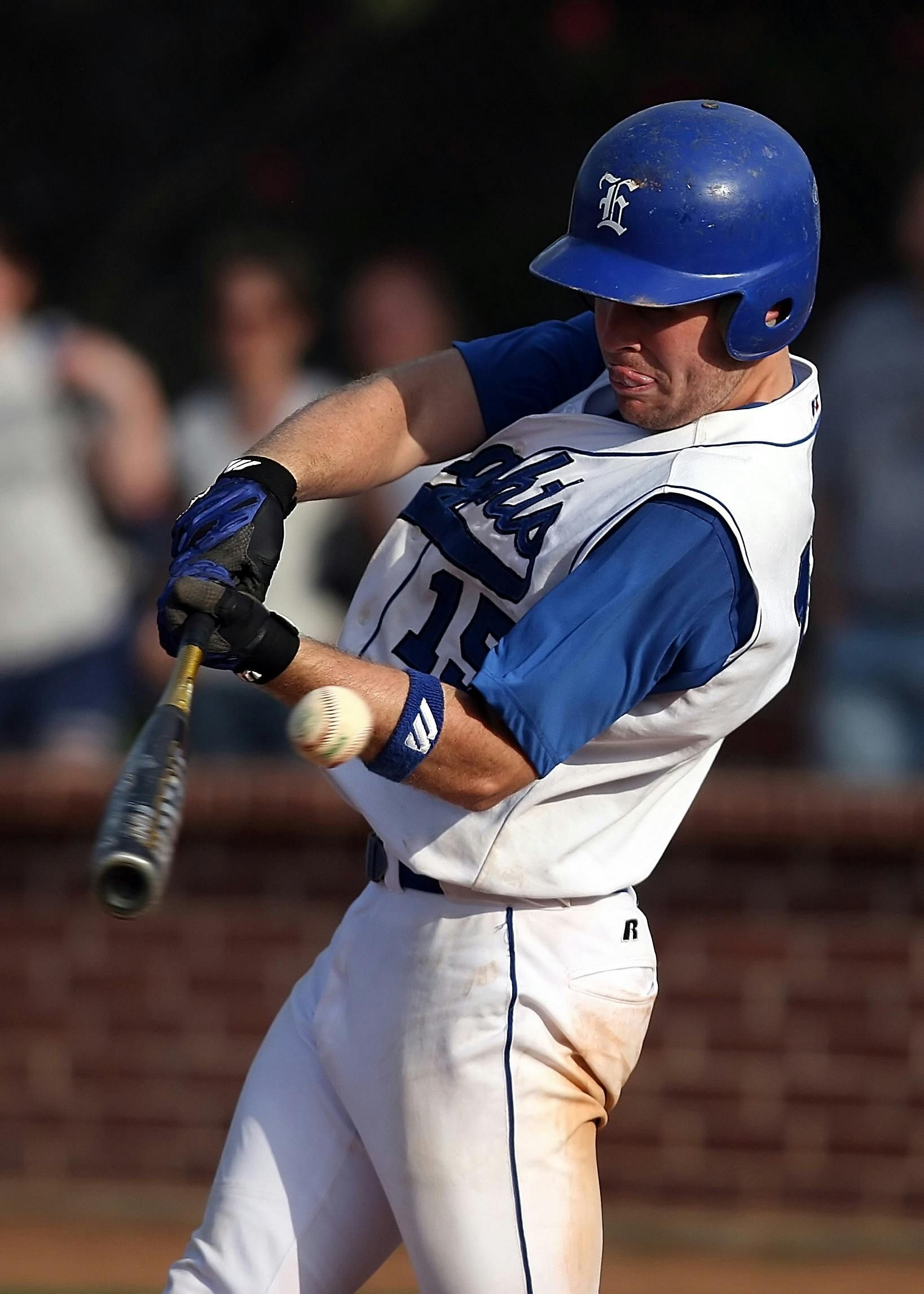ATHLETES &
the role of
NIL aGENTS
WHAT IS A SPORTS AGENT’S ROLE IN THE WORLD OF NIL
There are several methods for collegiate athletes to make money off of their abilities and talents off the field, especially since the NCAA lifted the NIL limitations in 2021. Even if the decision was based on conversations about video game covers and jersey sales, two years into the legal practice of compensating NCAA athletes, athlete endorsements have come a long way.
According to estimates, Alabama quarterback Bryce Young is earning $3.2 million after just a single year of lawful NIL endorsements.
Yes,
NIL agents
assist businesses in giving athletes the money they deserve. Below you'll find more information on how we manage to achieve it?
Are you ready to speak to our NIL agency team? Contact us today
to begin making the connections!
WHAT DO NIL AGENCIES DO?
What we do as a NIL agency involves defending our client's rights and means of subsistence, assisting players in navigating the complex legal landscape of the NCAA, the state, and universities, and acting as the athlete's representative in commercial and partnership discussions.
Protect our client’s rights and livelihood during negotiations.
While serving as athletes' agents, NIL agencies have an obligation to defend the rights and livelihood of their clients. To give advice to athletes, they need to be involved with and in contact with them all the time. They frequently act as a public relations touchpoint in this manner. College athletes should feel secure in the knowledge that their sports agent would approach brand negotiations with a client-first approach if they choose to hire one. The goal of NIL management is to prevent their clients from being exploited.
Represent our client from contract start to finish.
NIL representation will assist with brand collaborations and endorsements from the beginning to the end, making sure that both the company and the athlete are carrying out their end of the bargain. NIL agencies could assist the athlete with content creation, travel arrangements, assistance sourcing, and payment fulfillment follow-up.
SERVICES WE OFFER
COLLEGE RECRUITING SERVICES
Exposure
Assistance with the recruiting process
Personalized guidance
Access to resources and tools
Evaluation and feedback
Increased visibility
NIL EDUCATIONAL SERVICES
Workshops and Seminars
Consulting Services
Legal Advice and Compliance Support
Financial Management and Tax Planning
Networking and Partnership Opportunities
EVALUATED ATHLETE SERVICES
Speed and Agility Tests
Strength Tests
Endurance Tests
Flexibility Tests
Sport-Specific Skills
Performance Metrics
NIL Benefits for College Sports
NIL encourages players to stay in college longer, which accounts for the majority of its positive effects on collegiate sports. Top athletes have an incentive to complete their degree rather than going straight to the professionals after fulfilling their minimum school requirement because they may now make excellent money playing their sport in college. College sports will be more competitive with professional sports leagues in terms of money, viewership, and fan engagement once the better players are encouraged to stay. This will also lead to an increase in fan interest and engagement.
What the Future Might Look Like (5-10 Years Out)
Putting together current trends, here’s a speculative but grounded vision for what NIL might look like in the next half-decade or so:
Feature Expected in ~5-10 Years
Institutional Revenue Pools / Salary-Like Payments Many more schools will have formal revenue sharing or stipend systems. These will likely be tied to institutional earnings from media rights, ticket sales, sponsorships, etc. Athletes may have contracts more like employees in some ways, though amateurism will still be a debated concept.
Tiered Athlete Compensation Those in high exposure sports (football, men’s & women’s basketball) or with large personal brands will get large shares. Middling or lower-profile athletes likely get smaller but still meaningful NIL earnings or school support. Some base payments or "floor" compensation might become common.
Transparency & Standardized Contracts NIL contracts will become more standardized; there may be league- or NCAA-level templates. Schools will need robust compliance departments; athletes will get more education. Disclosures will likely be accessible so athletes, parents, schools can see what’s happening broadly.
NIL Collectives May Evolve or Decline With schools doing direct payments and having more “in-house” capability, some NIL collectives (booster/donor-based groups) will either integrate with schools, adapt, or in some cases fade. The delineation between school-led and external NIL entities will blur.
Growth of Non-Traditional Revenue Streams Digital content, personal branding, online coaching, virtual appearances, even NFTs or metaverse-type engagements could be more significant. Also local business partnerships will still matter, especially for athletes not in top media markets.
Greater Focus on Equity & Non-Revenue Sports Because regulatory pressure (and maybe litigation risk) will push toward more fairness, there will be more mechanisms to ensure non-revenue sports and women’s sports get access to NIL benefits. Possibly earmarked funds or specific policies.
Potential Downsides / Challenges Some schools may struggle financially, especially smaller ones, if they try to compete too hard; enforcement and monitoring will be complex; possible Title IX or labor/unions issues; risk that NIL deals drive recruiting imbalances; also risk of overcommercialization undermining the educational mission.
What to Watch Out For / Risks
Legal / Regulatory conflicts: Title IX, tax, labor law (are athletes employees?), state vs federal law conflicts.
Income inequality among athletes: Big stars get big deals; others might be left out.
Impact on non-revenue sports: They might get squeezed in resources or visibility.
Academic mission vs commercialization: Pressure to perform, to build brand, could conflict with schooling.
Ethical and compliance risks: False promises, shady contracts, boosters behaving improperly, NIL entities that are not transparent.
With NIL, College Sports' Future Is Hopeful
There are several, extensive advantages to name, image, and likeness for collegiate athletes and college sports in general. Although some critics have expressed worries about the fairness of competition and the exploitation of athletes, the majority of these complaints are exaggerated or erroneous. In addition to boosting fan involvement and enthusiasm in collegiate sports, the opportunity for college players to benefit from their NIL can offer much-needed financial support and chances for professional development.
Do you want to gain from NIL as a brand or as an athlete? 90 Ninety One Sports Agency is the only place to look. With the help of our comprehensive platform, student-athletes and sponsors can easily interact, build enduring relationships, and produce powerful endorsements.What’s Changing Now — Foundations
Before projecting forward, it helps to understand the recent shifts that are already reshaping the NIL environment:
The total NIL market (deals, collectives, brand payments etc.) was forecast to hit $1.67 billion in 2024-25, up sharply from earlier years.
Athletic Business
The NCAA introduced core guarantees (starting August 2024) giving student-athletes broader health, academic, and NIL resources.
NCAA.org
New transparency, disclosure, and compliance rules (e.g. reporting NIL deals over a certain threshold, standardized contracts, service provider oversight) are being rolled out more strictly.
Ropes & Gray
Recent legal settlements (e.g. House v. NCAA) are enabling schools to directly compensate athletes via revenue sharing, with rules about how much, and oversight.
BDC Network,
Athletic Business
Key Trends to Watch
From what experts, courts, and institutions are doing now, several major trends are likely to accelerate or emerge:
More Direct School Payments / Revenue Sharing
Schools are increasingly positioned not just as facilitators of NIL with third parties, but as direct payers to athletes — under regulated systems. This shifts some of the power and revenue flows toward institutions in addition to the collectives and boosters.
BDC Network,
NCAA.org
Tiered & Cap-Based Compensation Models
With direct payments, there will almost certainly be caps, tiers, or formulas that attempt to balance fairness, competitive balance, gender equity, and budget limitations. Power conferences will have much more leverage, which could widen gaps between big-money athletic departments and smaller ones.
BDC Network,
Athletic Business
Stronger Regulatory & Compliance Infrastructure
More standardization of contracts; more requirements for disclosures, valid business purpose, fair market value; more oversight entities (clearinghouses, possibly commissions). Schools are likely to increase staffing and legal/compliance support.
NCAA.org
Technology & Branding Sophistication
Student-athletes (and their advisors) are becoming more “entrepreneurial” with their personal brands — merchandise, content creation, micro-influencer partnerships, maybe even digital/virtual experiences (e-sports, online courses, etc.). Tech will help with analytics (social engagement, monetization), contract management, and enforcement.
Elite Legacy Marketing
Equal Opportunity / Equity Pressure
Gender equity, Title IX, fairness across sports (not just revenue sports) will be under growing scrutiny. As more money flows and the system becomes more formal, pressure will increase to make sure non-revenue sports, women’s sports, and small schools aren’t left behind.
BDC Network,
NCAA.org
Potential Polarization
As with many markets, there’s a risk of “the rich get richer.” Some schools with large budgets, strong brand reach, media deals, big fan bases will likely dominate NIL opportunities, leaving smaller or less visible programs struggling to compete. Also, star athletes may pull far ahead.
Athletic Business,
BDC Network
Legal / Legislative Action
Federal and state law will probably play a bigger role. Lawsuits, settlements (like House v. NCAA) push change. Moreover, some states are already enacting NIL-friendly laws; federal rules or uniform standards could emerge to reduce the patchwork.
NBC 6 South Florida,
NCAA.org


